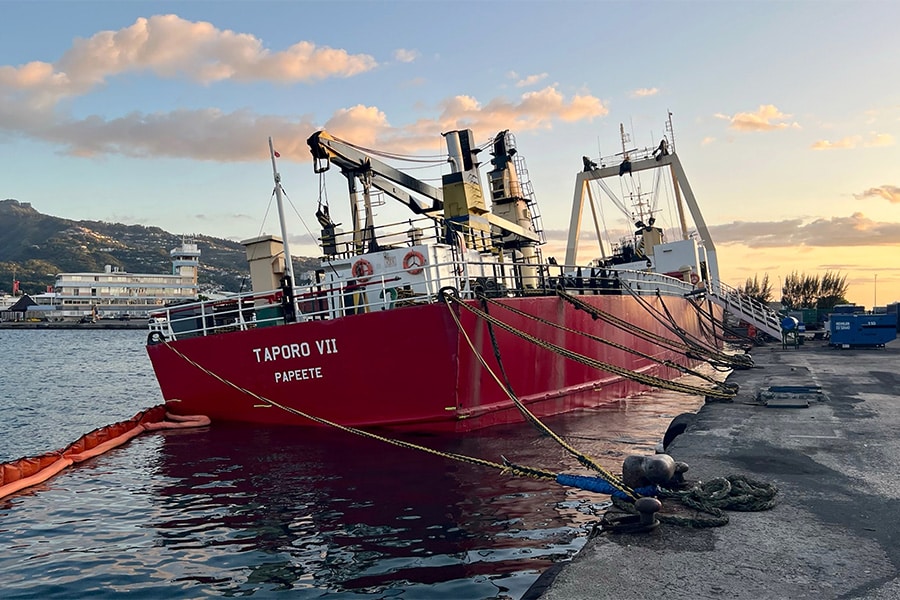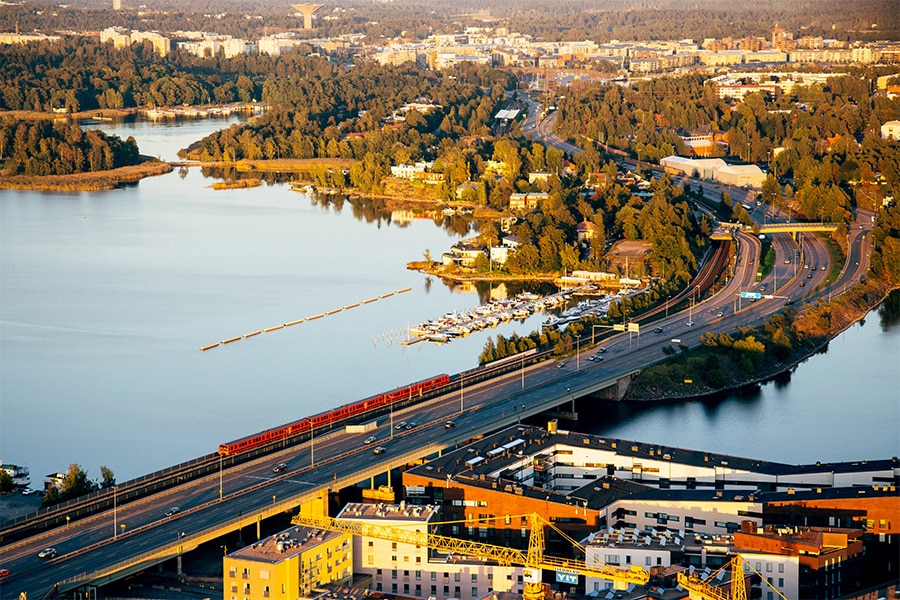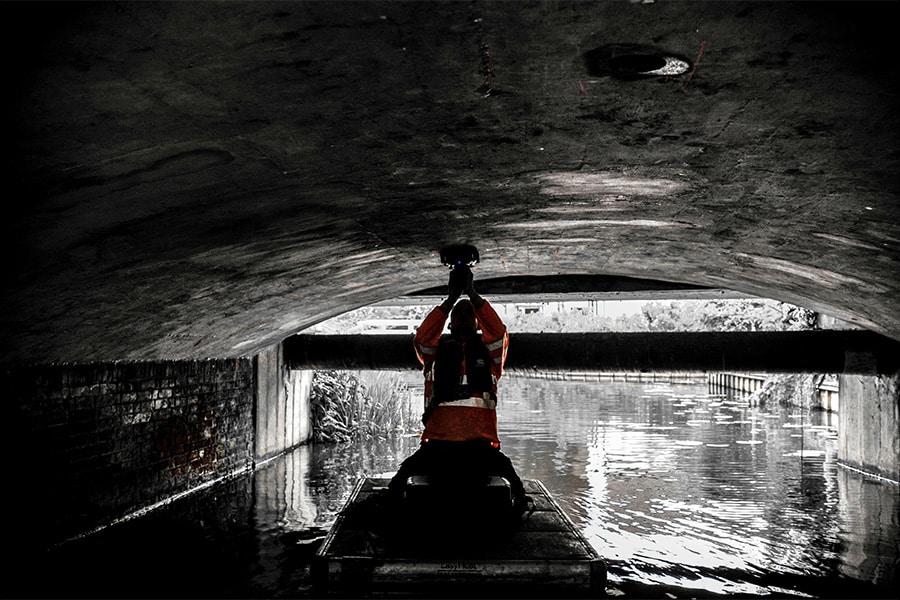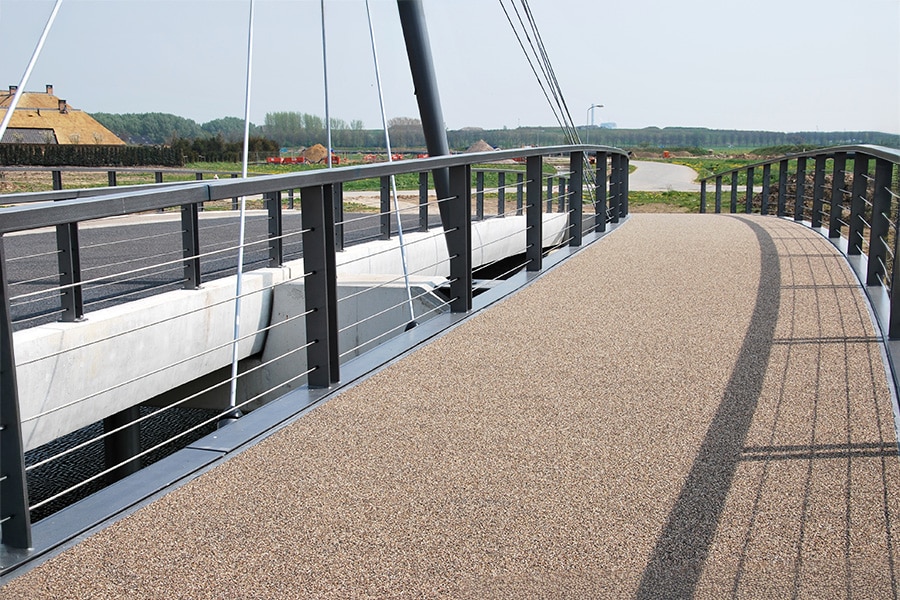
Piling was not an option here. We made a name for ourselves in the hard substrates of southern German geology
BAUER Funderingstechniek, based in Mijdrecht, the Netherlands, is the Dutch subsidiary of the internationally operating BAUER Group. The head office of the BAUER Group is located in Schrobenhausen, Germany. With a turnover of 1.6 billion euros and over 11,000 employees, the BAUER group is a global leader in foundation engineering and foundation equipment.

Immediately ahead
2003 was a savvy year to start a branch in the Netherlands. The economy was booming and construction was in full swing. And with the growth of inner-city construction projects, the demand for special foundation techniques increased. "There was a particular need for vibration-free techniques and foundation piles that could be installed to greater depths," says Eelco van der Velde, director of BAUER Funderingstechniek. "Now BAUER was quite experienced in both techniques. The soft substrates in the Netherlands are very different from the hard substrates in southern Germany, where piling was not really an option. As a result, we were immediately ahead in terms of technology."
GEWI poles. Slim and strong
Its broad experience and high sense of quality led to contracts for large foundation projects. BAUER's contributions included the High-Speed Line and the North-South Line with underground subway stations in Amsterdam. "Our GEWI anchor piles were used in all of these projects," Van der Velde says. "These foundation piles are slender, have a high tensile bearing capacity and can be installed up to 65 meters into the ground. They are a godsend for underground parking garages and deep entrances for tunnels.
as resistance to groundwater uplift."
Mixed-in-Place soil mix
BAUER has now been in existence for more than 225 years. This gives the company a rich history with numerous inventions and innovations such as the deep wall cutter. "BAUER is a family business, with the ninth generation now at the helm. You notice that. The branches receive a lot of trust and room to develop from the parent company. This has included the grout anchors and the Mixed-in-Place soil mix. With this last technique, dikes are reinforced and foundation elements and structural walls are put together by adding a building material - usually cement - to the soil."

Continued development
"That continued development will probably never stop within BAUER," Van der Velde suspects. "The existing pallet of foundation techniques is large - consisting of vibration-free, drilled and dug techniques - with the flagship being the large-diameter borehole with cross sections of up to two meters. With these, skyscrapers are founded as we know them from Asia and the Middle East! The associated machines were also developed and built within BAUER. Partly because of this, we are now involved in the extraction of resources and the foundations of offshore wind farms. Usually our own team devises and engineers the solutions, but should this not be the case for once, we have the support of headquarters behind us. So it is always advisable to let us think along at an early stage."



